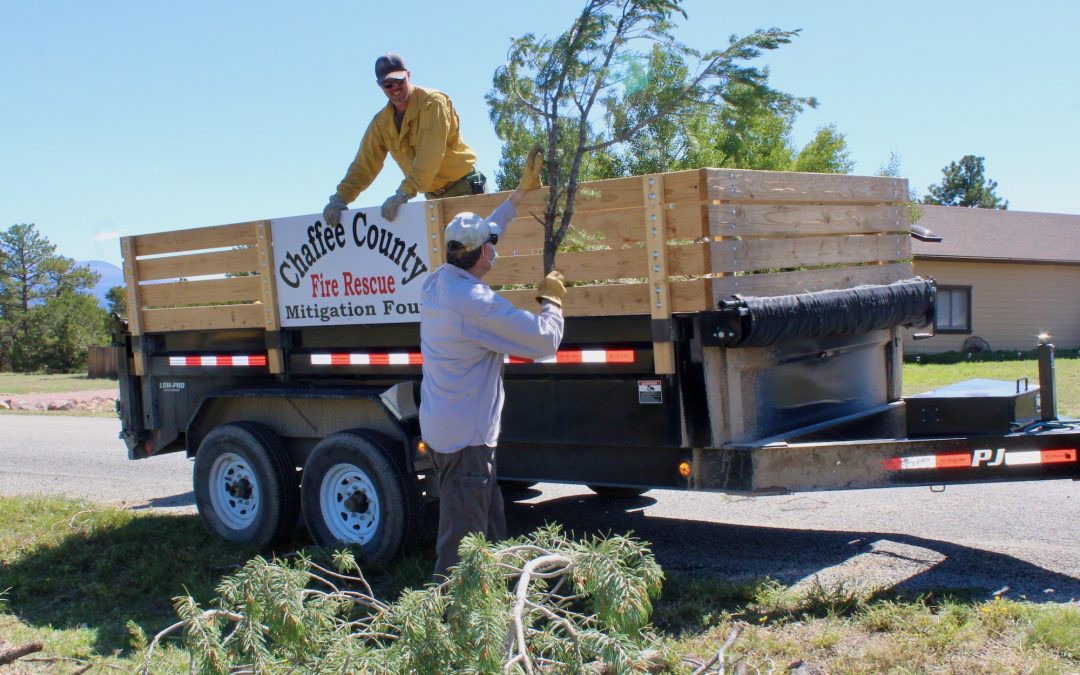Wildfire is its own season in Colorado, but 2020 was an especially brutal year. With climate change and drought expected to worsen, experts agree that Colorado’s wildfire management strategy needs work—and much of that is happening at a local level.
Some counties more at risk for wildfire depend on local ballot measures to raise funds for fire prevention. In 2018, Chaffee County voters passed a 0.25% sales tax increase, with some of that revenue dedicated to forest health work. The county, in partnership with federal agencies, formed a council that has used that money to identify and treat about 1,684 acres in the initiative’s first year.
“A lot of people said, ‘Why the heck should I pay sales tax for wildfire mitigation when the Forest Service should be doing that themselves?’” says Greg Felt, the Chaffee County Board of Commissioners chair. “The answer is: They’re not. Not at the level that we need.”
Felt says Chaffee County discovered that if it came to the table with a funded wildfire mitigation plan, federal agencies were able to match the local funds to help reduce fire risk.
In Summit County, a tax-funded community chipping program aims to create defensible space—the buffer between a structure and the surrounding forest or grass—by asking private landowners to clear potentially dangerous wood and trees and stack them on their property. The county then chips the material and hauls it away for free. This space can help slow or stop the spread of wildfire, leaving the home better protected.
Dan Schroeder, the Colorado State University Extension director and fire prevention lead for Summit County, says the county wanted residents to be able to take charge of protecting their homes and understanding their own risk.
“If this place catches on fire, the whole economy—let alone human lives—would be at stake,” Schroeder says.
How can counties keep their residents and resources safe? Ben Tisdel, a member of Colorado’s Emergency Fire Fund Committee and a Ouray County Commissioner, says mitigation has proven to be the most effective solution to fighting fire.
The largest cost of wildfire is recovery, Tisdel says, pointing to last year’s devastating East Troublesome and Cameron Peak wildfires, which impacted watersheds that deliver drinking and irrigation water to the northern Front Range. The recovery cost to rebuild watersheds and ensure reservoirs don’t fill with silt and debris will amount to some $100 million.
“Going forward, it seems really clear that the mitigation side of the equation [forest health and managing wildfire risk] can really help the suppression side,” says Tisdel. “Individual homeowners and jurisdictions need to realize that both are important. It needs to happen locally.”
Alejandra Wilcox is a journalist based in northern Colorado. Her work has been broadcast on KGNU and has appeared in the HuffPost, among other outlets.


 Print
Print